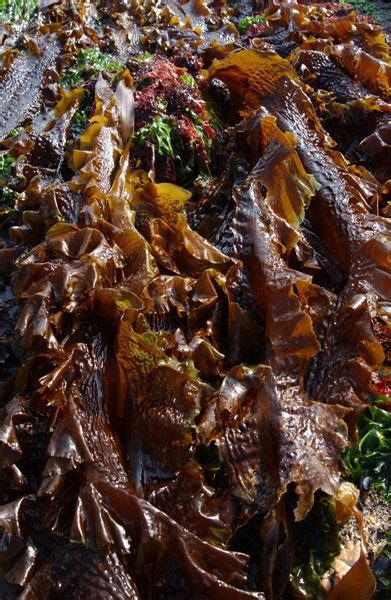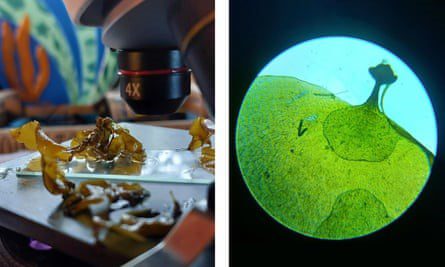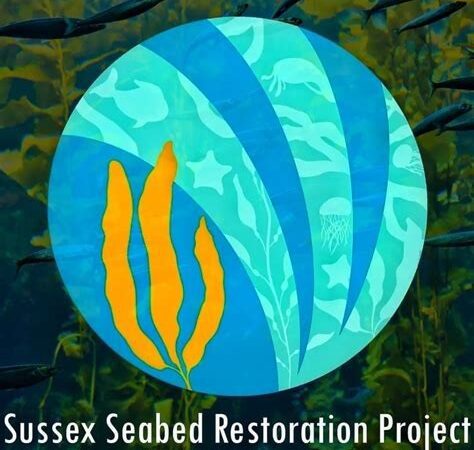Steve Allnutt is in his early 40s, lives in Lancing, West Sussex, works for the NHS and enjoys freediving. So far, so normal. But it was his freediving hobby that led to him to another, extraordinary activity – he farms kelp in his garage.
Allnutt remembers how rich the coastline near his home used to be when he was a child, brimming with marine life thanks to the kelp beds that were so dense ‘you’d hardly see the rocks and mussel beds’ below.
All that changed, sadly, thanks to destructive fishing practices such as bottom trawling. That was banned in 2021 but it left the seabed barren and there were no governmental plans to restore it.
Allnutt knew the value of kelp for the health of the ocean, not just as a habitat for wildlife but also as a valuable carbon sink. So he decided to do something about it himself and thus his kelp restoration project was born.

He had noticed the resilience of what kelp remained, so in his garage at home he set up 20+ tanks, in which he aims to replicate the natural cool, calm, dimply lit conditions in the ocean, filled them with some of the remaining kelp and started his kelp farm with the aim of eventually rewilding 3 hectares of West Sussex inshore waters.
In need of funding, he worked extra shifts at his hospital and then established a crowdfunding scheme called the Sussex Seabed Restoration Project which immediately raised more than £3,000 with many more donations coming in since. It also pulled in support from local restaurateurs who donated oyster shells for the kelp to grow on and advice from scientists around the world, as Steve admits that he knew nothing about breeding algae.
Without noticeable results for months, one day he saw through his microscope ‘a whole hornet’s nest of spores whizzing around’.

The next step was to plant out in the sea the seedlings he had grown. He uses various methods, all of which are natural or biodegradable. The ‘green gravel’ method grows kelp on small stones and plants these in small crevices in the sea and Allnutt’s biodegradable ‘kelp lines’ can be wrapped around the substrate to encourage the plants to attach themselves when the lines dissolve. He also places oyster shells with kelp growth already established straight on to the seabed, tagging each location by means of GPS so that he can monitor the growth. And the growth in his garage has been so abundant that he can dump buckets full of new plants in the water while freediving. Marine law forbids him to throw anything overboard from a floating vessel, but he is now fund-raising for a boat and campaigning for permission to drop kelp from it so that he can continue his project all year round.

“We’ve taken so much out of the sea but we’ve not put anything back,” says Allnutt, whose work proves that one person can make a difference.
 Alton Climate Action Network
Alton Climate Action Network